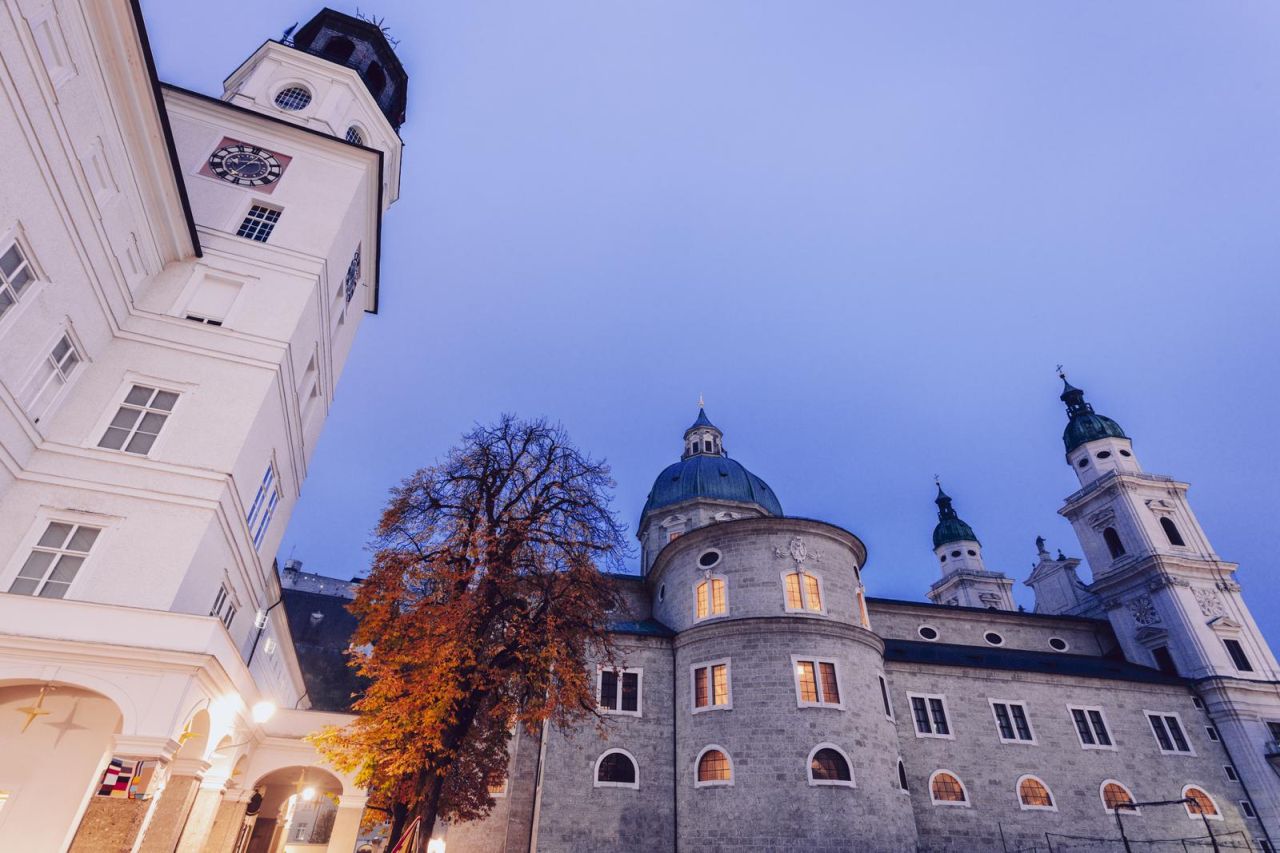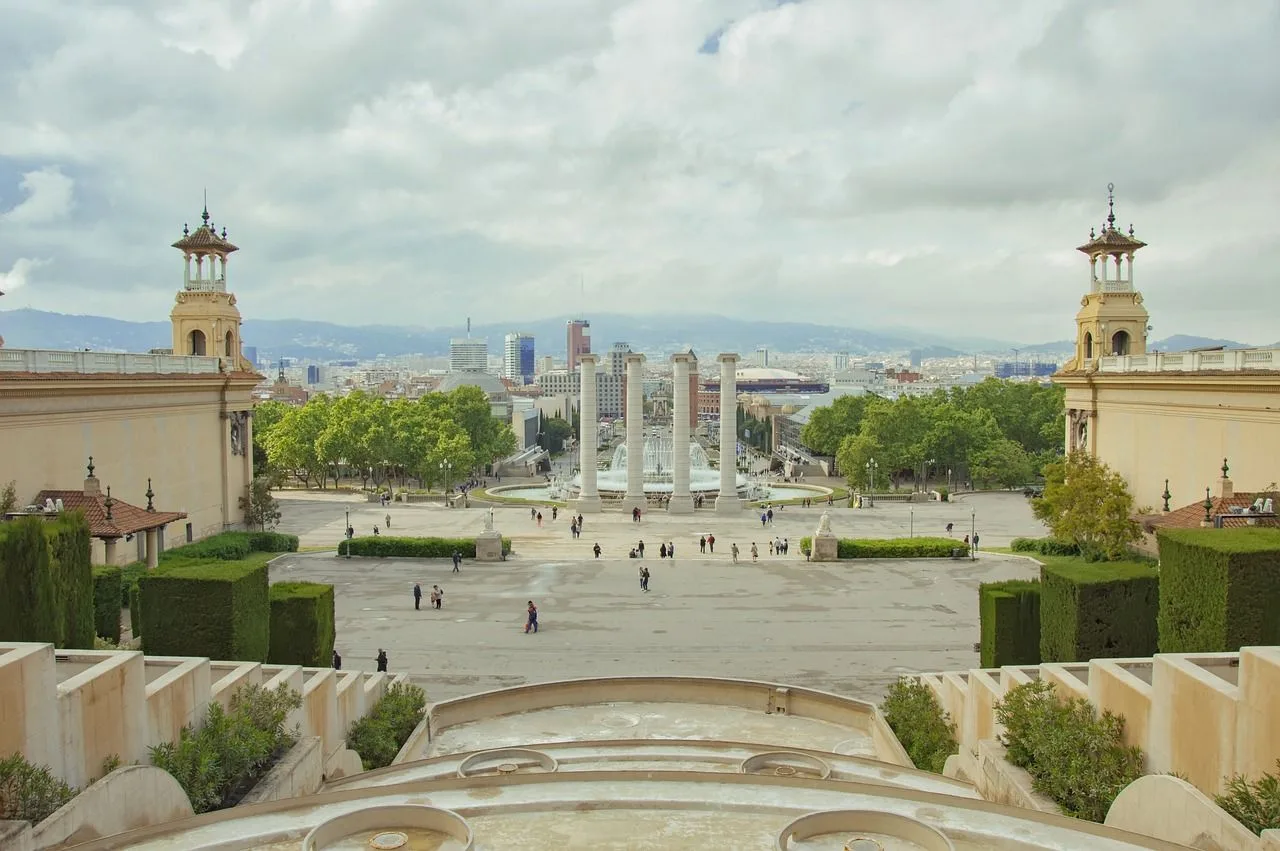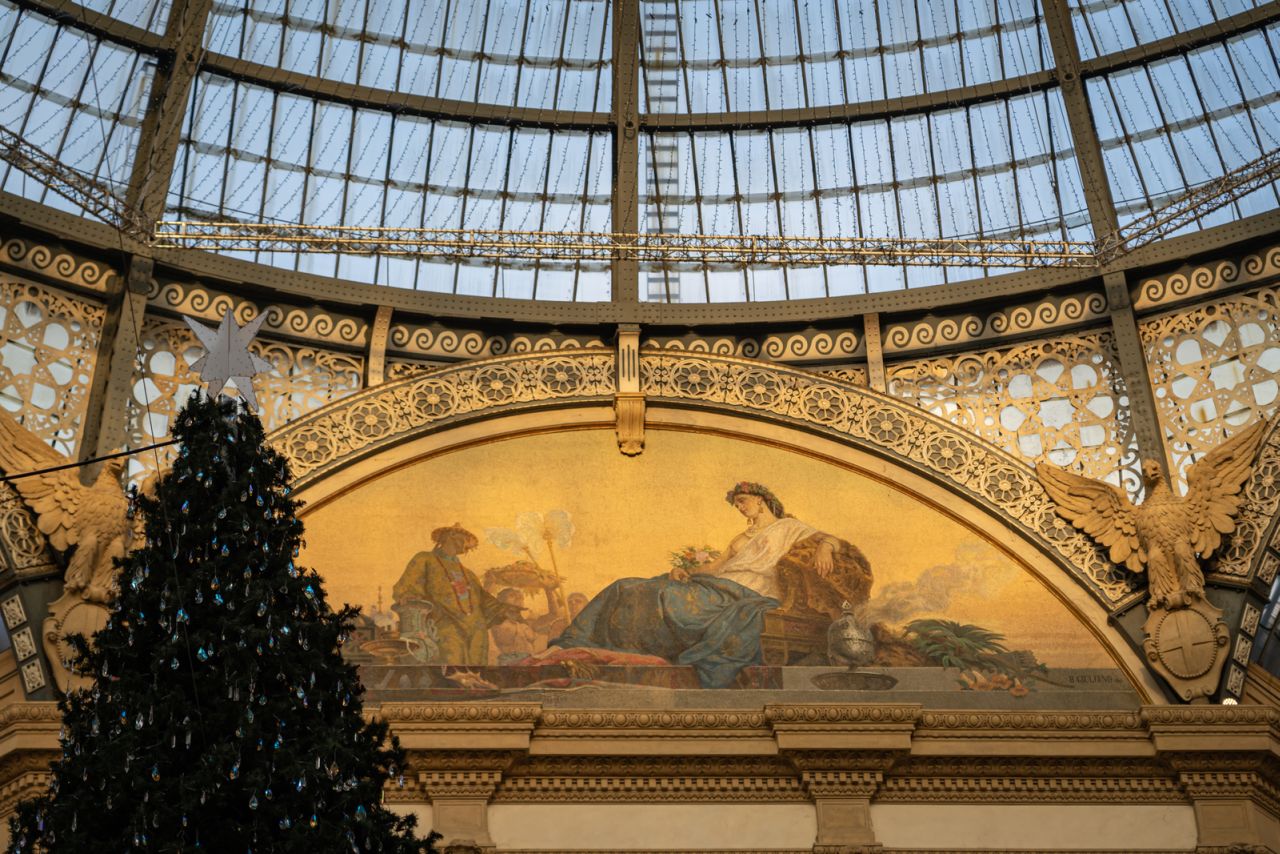Salzburg Cathedral
Address
Domplatz 1a, 5020 Salzburg
GPS
47.7979116, 13.045446362782
The Salzburg Cathedral is the city’s most recognisable structure. The Salzburg Cathedral (German: “Dom zu Salzburg”) is a stunning example of early baroque architecture, topped by a bulbous copper dome and twin spires. There have been at least ten fires in the historic district, resulting in three complete rebuilds of the central church. It’s a living testament to the continuing influence of Salzburg’s archbishops.
More than two million visitors flock to the city’s religious hub annually to see the spot where Wolfgang Amadeus Mozart was baptised and where he later performed some of his most well-known works. Located in the heart of Salzburg’s Old Town, this landmark has been a UNESCO World Heritage Site since 1997.
History
The first cathedral was built by Saint Vergilius of Salzburg, who may have used St. Rupert’s crypt as a starting point. The first documented Dom occurred in 774. The so-called Virgil Dom was constructed between 767 and 774, and its dimensions were 66 metres in length and 33 metres in width.
The Dom underwent its initial round of repairs under the direction of Archbishop Arno (785-821). Lightning struck the building and started a fire in 842. The reconstruction efforts started three years later.
Between the years 1000 and 1080, a choir and crypt were added to the sanctuary’s west side under the direction of Archbishop Hartwig. From 1106 until 1147, Archbishop Konrad I constructed the west towers.
 Thus, this first church went through at least three major construction and reconstruction processes in the early Middle Ages, yielding an improvised Romanesque basilica. After repeated failed attempts at restoration and reconstruction following the basilica’s devastating 1598 fire, Archbishop from 1587 to 1612 Prince-Bishop Wolf Dietrich Raitenau finally ordered its destruction.
Thus, this first church went through at least three major construction and reconstruction processes in the early Middle Ages, yielding an improvised Romanesque basilica. After repeated failed attempts at restoration and reconstruction following the basilica’s devastating 1598 fire, Archbishop from 1587 to 1612 Prince-Bishop Wolf Dietrich Raitenau finally ordered its destruction.
Wolf Dietrich, who witnessed the development of modern Italian Baroque architecture in Italy and Rome, became an enthusiastic advocate of the style. The neighbouring Alte Residenz, which is now attached to the cathedral, was also constructed by Wolf Dietrich.
Wolf Dietrich commissioned the Italian architect Vincenzo Scamozzi to draw out blueprints for a brand new, elaborate Baroque structure. However, work did not commence on the new cathedral until 1614, when Markus Sittich von Hohenems (Archbishop from 1612 to 1619) lay the cornerstone.
The new cathedral was created by Santino Solari, who made significant changes to the original Scamozzi blueprint. Construction of the new temple ended in 1628, a mere 15 years after it had been begun. On September 24, 1628, 12 choirs arrayed in the cathedral’s marble galleries sang a Te Deum composed by Stefano Bernardi, the Kapellmeister to the Salzburg court (the music for which has since been lost). In compositions like the Missa primi toni octo vocum, written in 1630, he makes use of the balconies.
The current Salzburg Cathedral was constructed in part on the site of the first basilica. The Domgrabungen, an excavation site beneath the cathedral, comprises mosaics and other artefacts from the time this area served as the forum of the Roman city Juvavum, including the foundation stones of the previous church construction. The Gothic baptismal font from the 14th century is another pre-Baroque item that has survived. When construction on the cathedral was finally finished, the saint’s remains were brought here.





